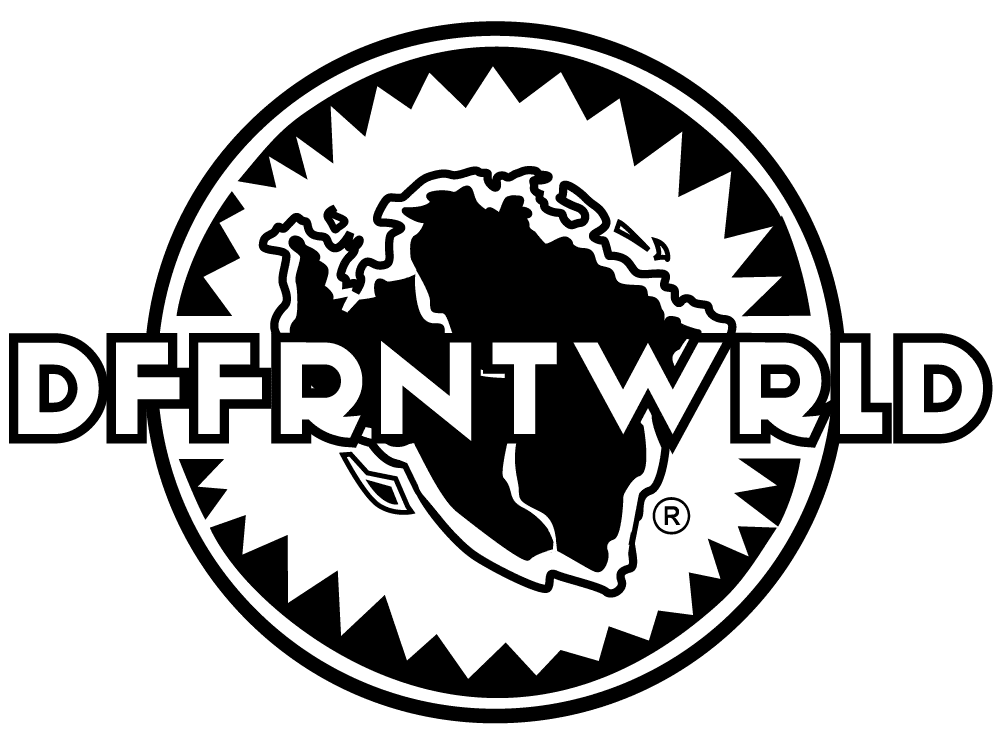
Understanding the Marginal Lifetime Value (MLV) of your clients and the Client Acquisition Cost (CAC) is pivotal, especially for vegan, eco-friendly, and sustainable brands. These metrics are more than just numbers—they are strategic tools that can significantly enhance your business growth and profitability.
🌱 Why MLV and CAC Matter 🌱
MLV is the total profit a client generates over the entire duration of their relationship with your brand. It includes all purchases, repeat orders, and any residual sales, minus the costs associated with acquiring and serving them. Knowing this value allows you to make informed decisions about how much you can invest in acquiring new clients.
Deep Dive into MLV:
- Comprehensive Customer Value: MLV isn’t just about the initial sale. It encompasses every transaction a client makes over their lifetime. For example, a client who buys your eco-friendly products consistently over several years can be far more valuable than one who makes a single large purchase. Understanding this can help you prioritize long-term relationships over short-term gains.
- Customer Behavior Insights: By analyzing MLV, you gain insights into customer behavior and preferences. This information is invaluable for tailoring your marketing strategies and product offerings to better meet the needs of your most valuable clients. For instance, if data shows that clients who purchase your vegan skincare products also tend to buy eco-friendly home goods, you can cross-promote these items to maximize sales.
- Strategic Investment Decisions: Knowing your MLV allows you to make more informed decisions about where to allocate your marketing and customer service resources. If you know that the average lifetime value of a client is $1,000, you can justify spending up to a certain amount to acquire and retain that client. This strategic allocation of resources ensures that your efforts are both efficient and effective.
- Enhanced Customer Experience: Focusing on MLV encourages you to enhance the overall customer experience. Since the value is derived from long-term engagement, it’s crucial to keep clients satisfied and engaged. This could mean offering personalized customer service, loyalty programs, and regular communication about new products and sustainability initiatives.
- Predictive Growth Metrics: MLV provides a predictive metric for future growth. By tracking changes in MLV over time, you can identify trends and predict future revenue streams. This is particularly useful for vegan and eco-friendly brands looking to scale their operations sustainably. If your MLV is increasing, it’s a good indicator that your customer base is becoming more loyal and engaged.
💡 Strategic Client Acquisition 💡
Client Acquisition Cost (CAC) is the amount you spend to bring a new client into your business. This includes marketing expenses, promotional offers, and any other costs associated with attracting new clients. The goal is to keep your CAC lower than your MLV to ensure long-term profitability.
Here’s how you can leverage these metrics:
- Targeted Marketing: Use your understanding of MLV to segment your marketing efforts. Invest more in channels and strategies that attract high-value clients. For example, vegan brands might focus on influencer partnerships, sustainable living events, or targeted social media ads to reach eco-conscious consumers.
- Promotional Strategies: Knowing your MLV allows you to create attractive initial offers that might even result in a short-term loss but lead to long-term gains. This is akin to offering a significant discount or a free trial to get clients onboard, knowing that their repeat business will more than cover the initial cost.
- Customer Retention: The higher the lifetime value of a client, the more effort you should put into retaining them. This includes personalized communication, loyalty programs, and continuous engagement through valuable content and exceptional service. For eco-friendly brands, this might involve educating clients about sustainability practices and the impact of their purchases.
- Referral Programs: Satisfied clients are your best marketers. Implement referral programs that reward clients for bringing in new business. This can lower your CAC and increase your client base effectively.
📈 Conclusion 📈
For vegan, eco-friendly, and sustainable brands, understanding MLV and CAC is not just beneficial—it’s essential. These metrics help you make strategic decisions, optimize your marketing spend, and build lasting relationships with clients who share your values. By focusing on these key performance indicators, you can ensure your brand grows sustainably and profitably.
Remember, your clients are not just transactions—they are partners in your journey towards a more sustainable future. 🌍✨
